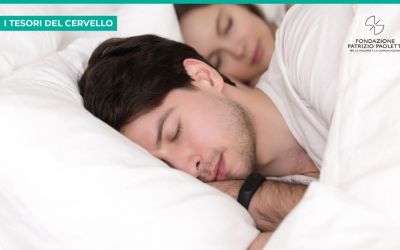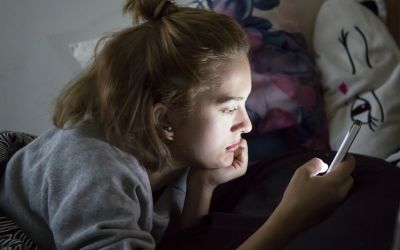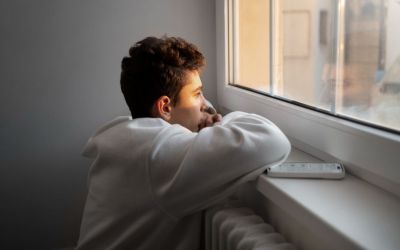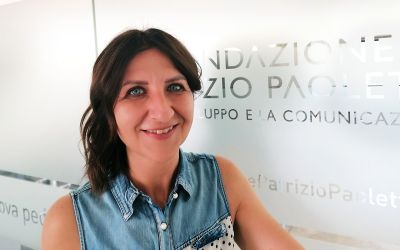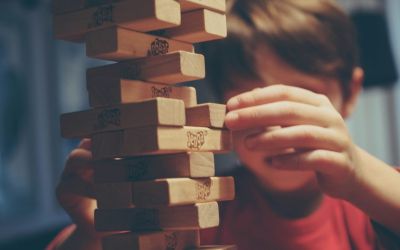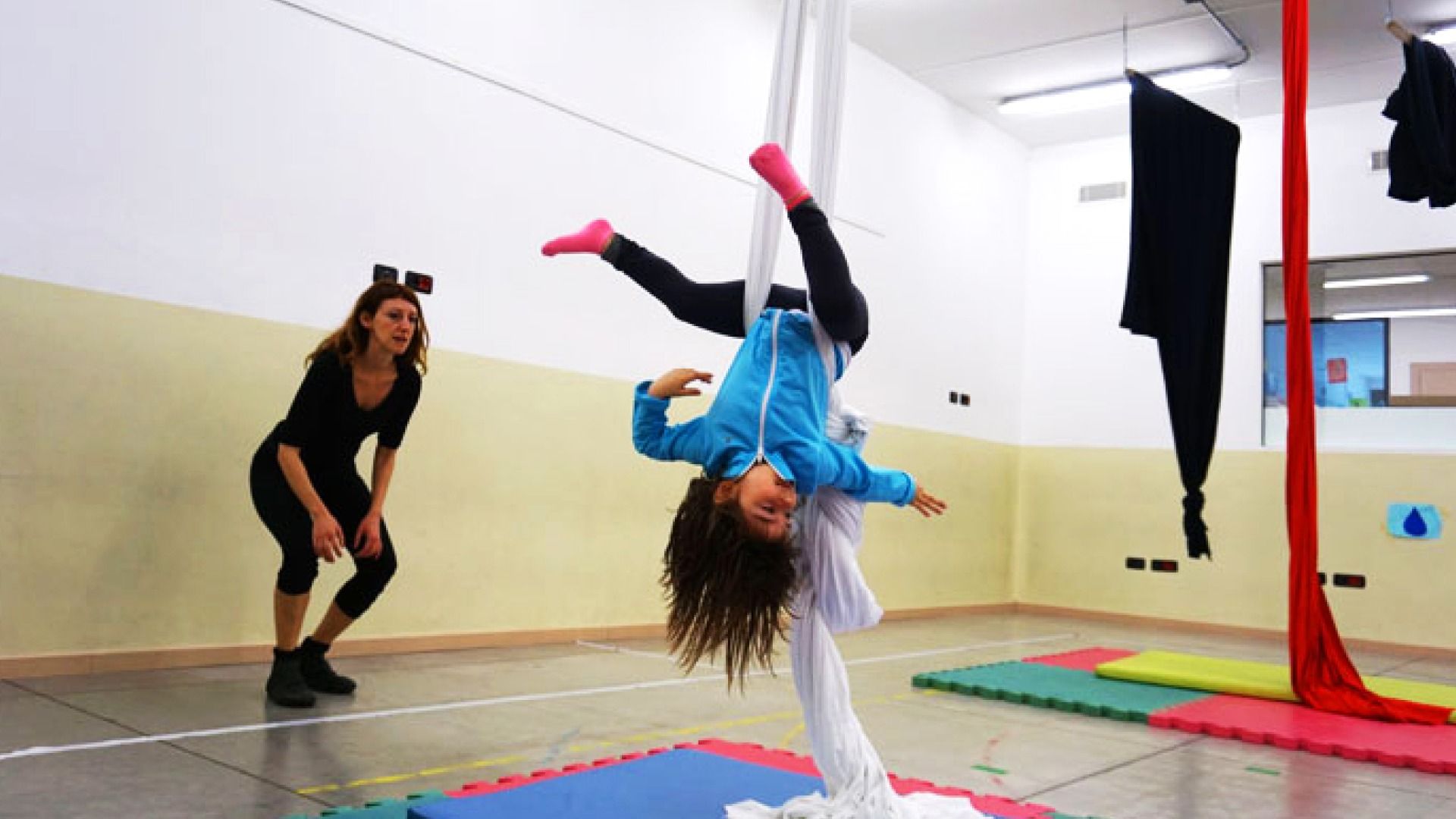
Let’s move! Movement as an integral part of learning from Montessori to AIS… and some advice for parents and educators
As in many other areas, with regards to the cognitive function of movement, Maria Montessori was a great precursor. The great pedagogist teaches us that from the moment children are born they learn through movement. It is a matter of fact confirmed by neuroscience. According to Rizzolatti and Sinigaglia, circuits related to the representation of space and movement therein are among the first to develop and form the basis of higher cognitive processes.
After the initial years, also at school, through the manipulation of Montessori materials and interactive group work, children continue to learn through movement . They move around, interprete different roles, pick up material, tidy up, clean… Not only does movement help eye-hand coordination and fine motor skills, but it also enables exploration of the world, better use of the senses and practical skills, and even healthy sleeping habits. Combining memorization of concepts and content with movement and play facilitates learning, produces motivation and associates studied content with pleasant situations that stimulate interest and curiosity.
For example, memorizing multiplication tables or verbs whilst jumping rope, playing with a rubber band, throwing a ball through a hoop, eliminates the boredom of mnemonic learning, stimulating the joy of learning having fun.
According to Jaak Panksepp, psychobiologist and neuroscientist at Washington State University, play activates neuronal growth factors and stimulates the development of certain areas of the brain, especially the cerebral subcortex. It intervenes in the processing of sensory-motor responses (managed by the cerebellum) and implicit emotional memories (limbic area). All this, on the other hand has an impact on that automatic responsiveness to the environment that each individual defines in their first years of life and then goes on to determine the personal “perceptive color” used to filter future experiences. The activity of about 1/3 of the 1,200 genes in the frontal and posterior cortex of the brain changes significantly in the hour following a 30-minute session of playful activity. The resulting changes facilitate emotional management and social sensitivity. By learning the natural motor patterns of physical play, other mental skills such as memory, visual-spatial and mathematical thinking are optimized too, as also emerges from the research carried out by RINED, the research institute of the Patrizio Paoletti Foundation, on the moving meditation called Quadrato Motor Training.
Learning having fun letting out a hearty, participatory laugh, remembering that it also oxygenates our brains, keeps us healthy and improves family relationships.
Experience of AIS – Assisi International School
In the context of AIS, the Patrizio Paoletti Foundation’s school that integrates the Montessori method and the Pedagogy for the Third Millennium, the children learn gestures and exercises inspired by Pilates, Yoga, Gymnastics and Dance, in addition to the the static and dynamic meditation practices. These activities not only allow them to gain mastery of their own bodies, but also broaden their perception of space, and together with their companions, they acquire and consolidate a sense of rhythm, and use all those coordination skills that then will be useful, transversely, also in the curricular subjects.
In the relational sense they have the opportunity to acquire competencies connected to collaboration and gestalt perception, intended as greater than the sum of its parts.
Physical education thus becomes an opportunity on the one hand to consolidate and systematize some of the skills acquired during the year, and on the other hand to be able to implement that transversal knowledge characteristic of the active school that is inspired by Dewey’s pragmatism and in the Montessori experience is declared to be the highest expression of Italian activism.
From the ‘passive container’ conceived in the educational experience, children become active participants in the learning process in an interweaving of cognitive and motor development.
Children develop their cognitive skills through self-perception in space-time and motor experience is what guides them and shapes them in the constituting of self-representation in the surrounding space and in the relational fabric they are part of.
Learning having fun: some advice for parents and educators according to PTM
How do we use knowledge about movement and education every day with the little ones in our care?
Let’s look at how we can foster learning from each and every thing and situation. Above all, it is important to develop one ability: be magnetic. Magnetism is an idea that summarizes two fundamental ingredients in the educational relationship very well: having a clear objective and being full of enthusiasm and joy thanks to this relationship of love. Your ability to intrigue, stimulate, involve your child with fun is central to leading them towards the happiness of conquering new skills, new know-how.
According to Pedagogy for the Third Millennium, the pedagogical system devised by Patrizio Paoletti and his team, the first step is always to listen, to give space to the need that the child manifests. For example, if we observe that the child has a lot of energy and needs to move around, we can try to carve out a time during the day for movement, preparing the appropriate environment, enthusiastically emphasizing the beauty and importance of being able to do things together. It is important, in fact, to include moments of leisure activities, play and fun, in addition to the general learning needs of the school curriculum!
Play is the way children explore the world, contributing to the development of their cognitive, psychological and social skills. It is through play that the first relationships are established, one’s own and others’ feelings are explored and the social rules shared by the group are encountered. A growing number of well-known psychological health professionals have observed that even for adults, play is just as important for happiness and mental well-being as love and work.
Play – whether you are young or old: having fun is the key to manage negative emotions and not allowing them to steal your energy. And then laugh, it is even good for your immune system!
- Bennett M. P., Lengacher, M. P. (2008), Humor and Laughter May Influence Health: III. Laughter and Health Out-comes. Evidence-Based Complementary and Alternative Medicine. V.5(1), 37-40
- Berk L. et al., D. (2001), Modulation of Neuroimmune Parameters during the Eustress of Humor-associated mirthful laughter, Alternative therapies in health and medicine. 7, 62-75.
- Burgdorf, J., Kroes, R.A., Beinfeld, M.C., Panksepp, J., Moskal, J.R., (2010), Uncovering the molecular basis of positive affect using rough-and-tumble play in rats: a role for insulin-like growth factor. 168(3), 769-77.
- Erikson, E.H. (1977), Toys and Reasons: Stages in the Ritualization of Experience, New York. W.W. Norton & Company
- Gordon, T. (2014), Genitori efficaci. Educare figli responsabili, La Meridiana, Bari
- Hunaid Hasan, T. F. (2009), Laugh Yourself into a Healthier Person: A Cross Cultural Analysis of the Effects of Varying Levels of Laughter on Health, International Journal of Medical Sciences.6(4): 200–211.
- Lebowitz K.R., Suh S., Diaz P.T., Emery C.F. (2011). Effects of humor and laughter on psychological functioning, quality of life, health status, and pulmonatu functioning among patients with chronic obstructive pulmonary disease: A preliminary investigation. Heart Lung. Jul-Aug. 40(4):310-9
- Liss, J.K. (2000), L’apprendimento attivo. Imparare cose essenziali , Armando Editore, Roma
- Miller, M., Fry, W.F. (2009). The Effect of Mirthful Laughter on the Human Cardiovascular System, Medical Hypotheses. Nov. 73(5):636-9
- Oliverio Ferraris, A. (2018), Prova con una storia. I racconti giusti per rispondere alle grandi domande dei bambini, BUR Biblioteca Universale Rizzoli
- Panksepp, J., & Burgdorf, J. (2010). Laughing Rats? Playful Tickling Arouses High-Frequency Ultrasonic Chirping in Young Rodents. American Journal of Play, 2(3), 357-372.
- Panksepp, J., Biven, L. (2012), The Archaeology of Mind: Neuroevolutionary Origins of Human Emotion, New York: W. W. Norton & Company.
- Paoletti, P., Selvaggio, A. (2012) Mediazione. Quaderni di Pedagogia per il Terzo Millennio, Edizioni 3P.
- Reddy, Linda A. Files-Hall, Tara M. Schaefer, Charles E. Announcing Empirically Based Play Interventions for Children, https://psycnet.apa.org/record/2005-02330-001
- Rizzolatti, G., & Sinigaglia, C. (2006). So quel che fai: il cervello che agisce ei neuroni specchio. Milano: R. Cortina.
- Schaefer, C. E. (1993). The therapeutic powers of play, Jason Aronson. American Psychological Association. https://psycnet.apa.org/record/1993-97847-000
- Schaefer, C. E. (1993). The therapeutic powers of play. Jason Aronson.
Be part of the change. Responsibly sharing content is an act of sustainability.
Let's train emotional intelligence: what emotion does this article arouse in you?
